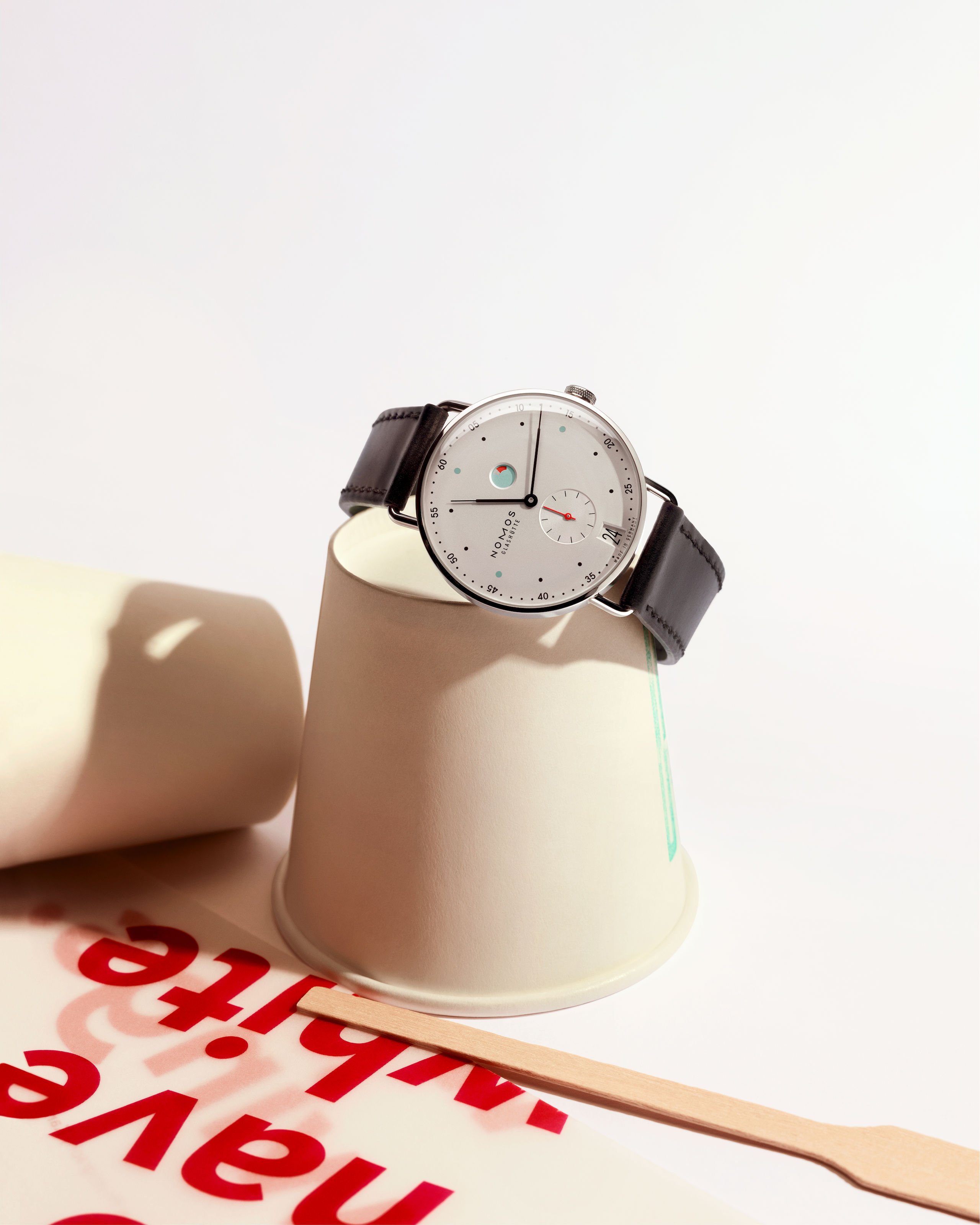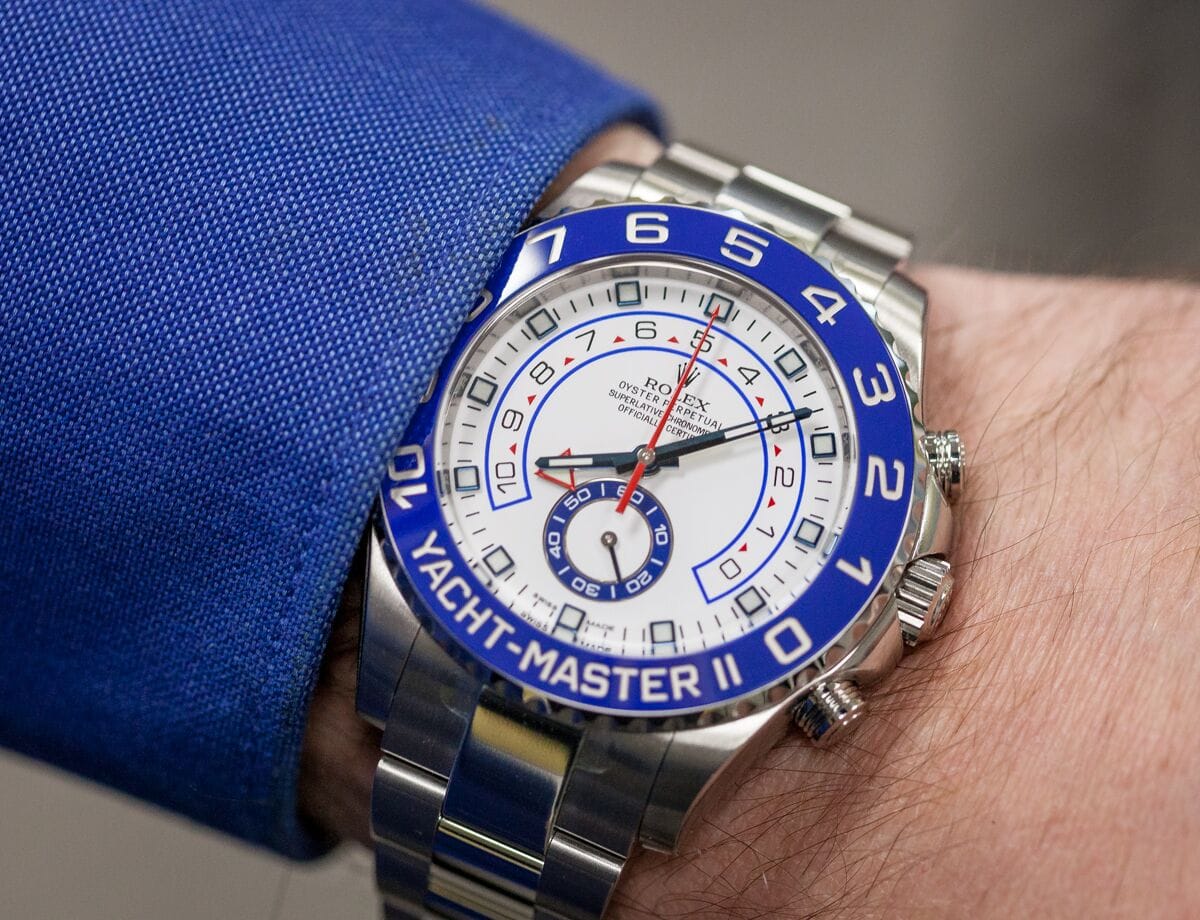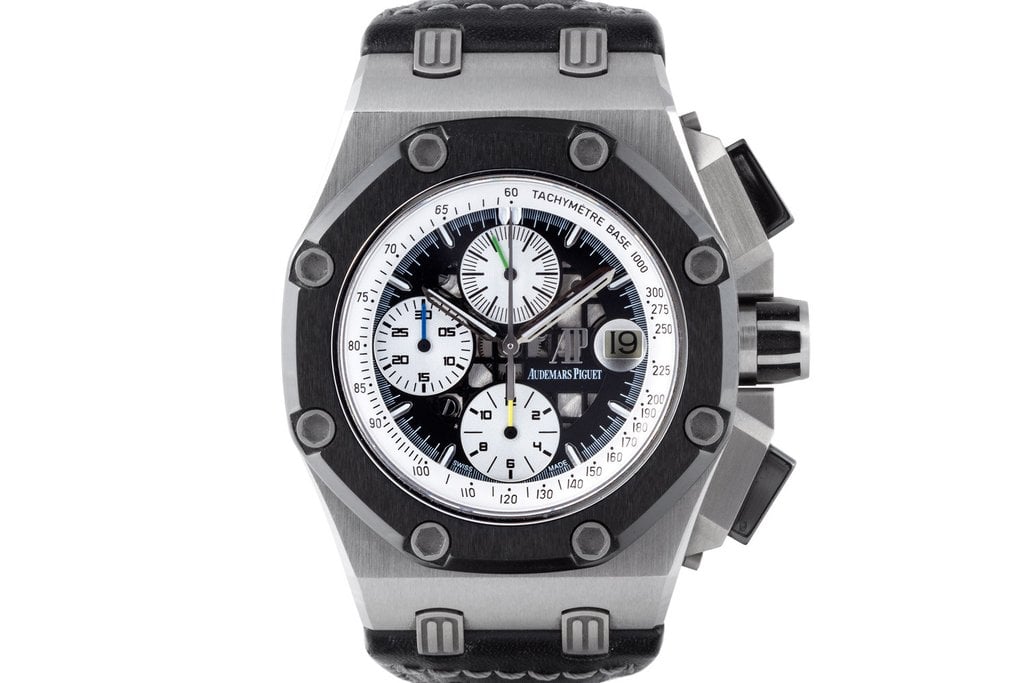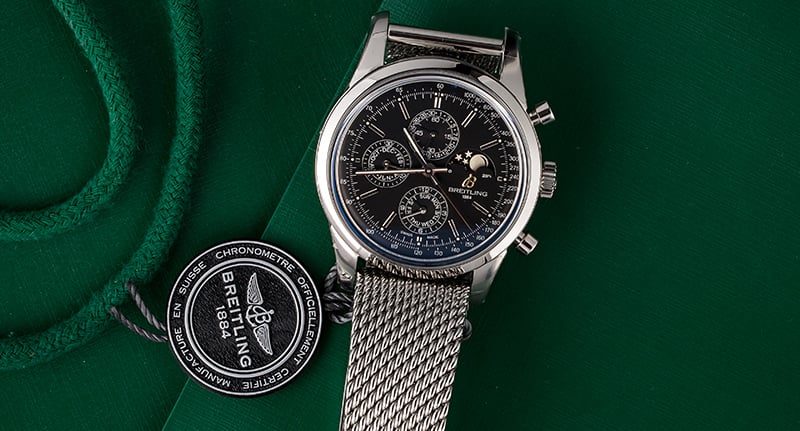We can talk about the Swiss giants all day long when it comes to watchmaking (think Rolex), yet far too often the world at large forgets that they’re not the only region out there with a root in the world of watchmaking. The small town of Glashutte, located roughly 40 minutes south of Dresden, is the heart of German watchmaking, and a region that has shown incredible resilience over the years. Post-WWII appropriations left the region without any equipment whatsoever, and yet the local population found means to reestablish the trade. Being on the Eastern side of the wall, many years were lost to mass-production of fairly lackluster and utilitarian timepieces, however, since the fall of the wall we’ve seen numerous brands rise from the ashes to reclaim the former glory that is high watchmaking in Germany. All told there are a good dozen or more watch brands producing watches in Glashutte, but for the sake of brevity we’ve narrowed this list down to a smattering of our favorite brands in the category.
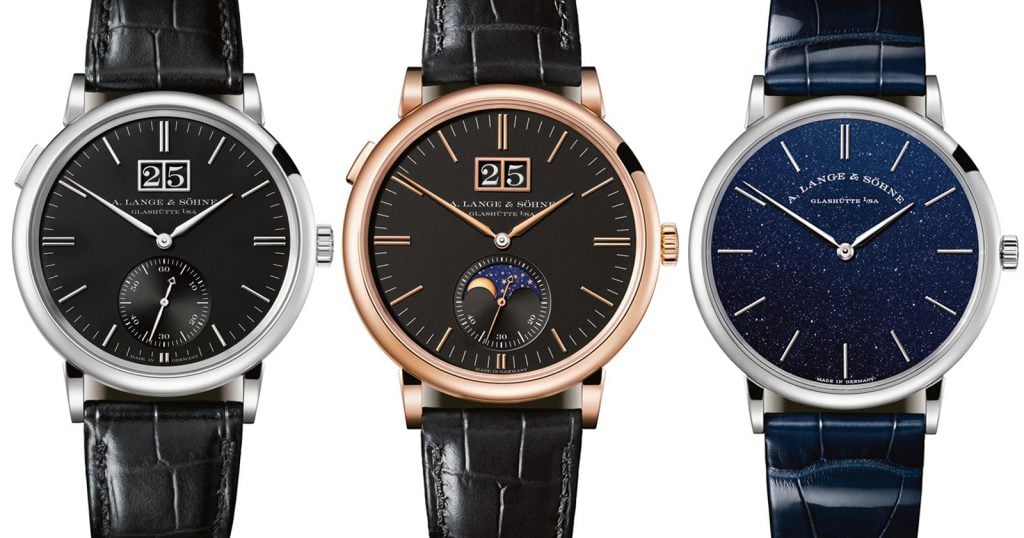
Lange & Sohne
Formally rebooted by Walter Lange, it was 1994 when A. Lange & Sohne came back into the German world of watchmaking with a vengeance, after over half a century since its doors were previously closed. Placing a target on the backs of Patek Philippe, Audemars Piguet, and Vacheron Constantin, Walter Lange sought to bring world-class level watchmaking back to Glashutte, and his first watch—the Lange 1—hit the nail squarely on the head. A unique caliber with an oversized dual-disc date window, separate subdials for hours/minutes and running seconds, and a large power reserve indication at 3 o’clock, the Lange 1 laid the groundwork for future collections. Though exceptional finishing is at the forefront of the brand’s priorities, technical innovation and development of new calibers is of equal importance. Among countless others, the digital-display Zeitwerk collection, and the remarkable new Triple Split continue to prove that in Glashutte, Germany and even in the watch industry as a whole, Lange is a brand with very few rivals.
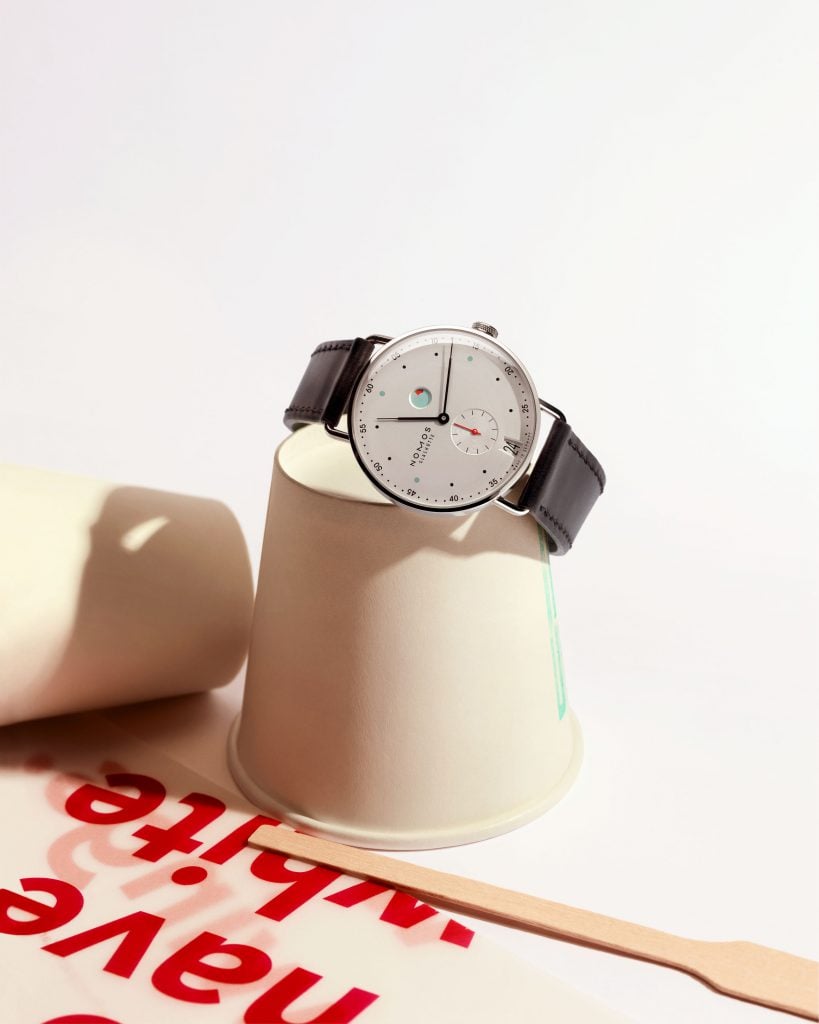
Nomos
On the complete other end of the spectrum, Nomos has long been an enthusiast favorite in the entry-level segment. Manufacture calibers and respectable levels of finishing are abound, all paired with exceptional minimalist and Bauhaus influenced design. While its manufacture and corporate headquarters remain in Glashutte, the brand also maintains its design center in Berlin. Their pieces are mostly on the conservative side, recent additions to the Club collection and the new Autobahn series clearly show the brand isn’t afraid of getting a little playful with its designs. In the $2-3k category, Nomos consistently remains one of the default recommendations you’ll consistently hear from anyone with an ear to the ground in the watch industry.
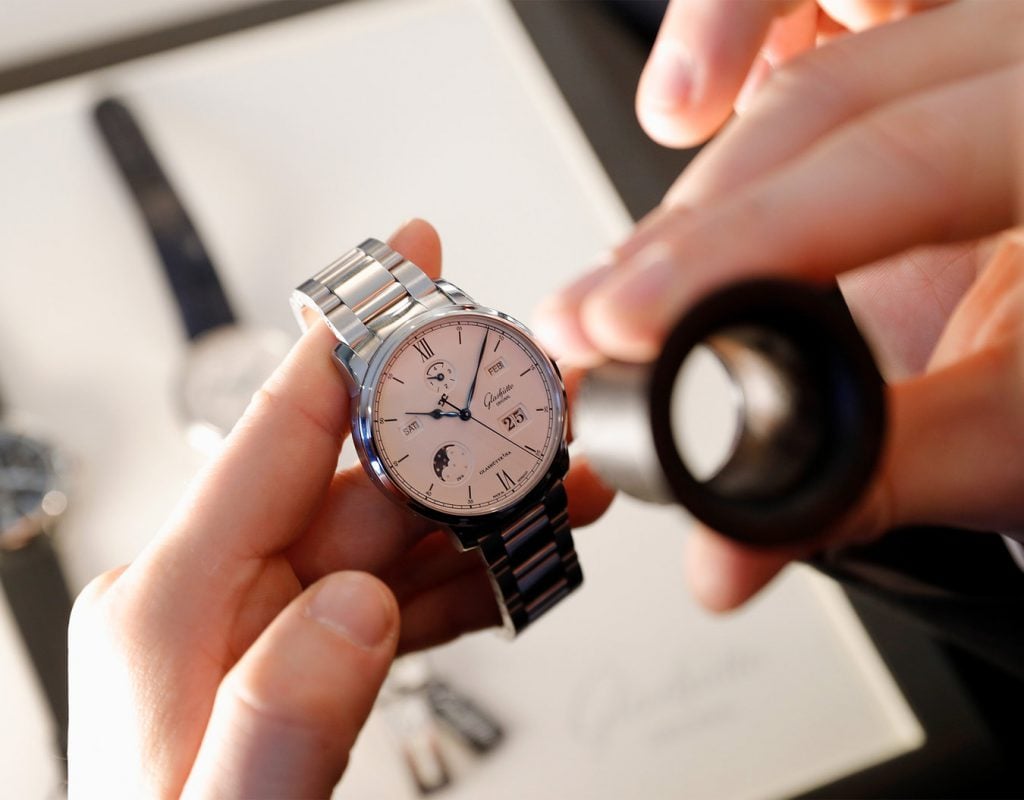
Glashutte Original
In many ways, the Swatch Group-owned Glashutte Original has one of the most interesting backstories of the region. Unlike its siblings in the region, Glashutte Original grew out of the state-controlled GUB (VEB Glashütter Uhrenbetriebe). Landing as an approximate mid-step between Lange and Nomos, its well-executed timepieces range between roughly $5,000 and somewhere north of $15,000. Most recently the brand has put greater focus on its vintage-inspired Sixties Iconic collections, all of which feature vintage-inspired dial designs modeled after creations from its past and using traditional techniques from the period. This year’s hero release from the collection features a textured green dial created using one of the original stamping dies uncovered from the brand’s tool archive.
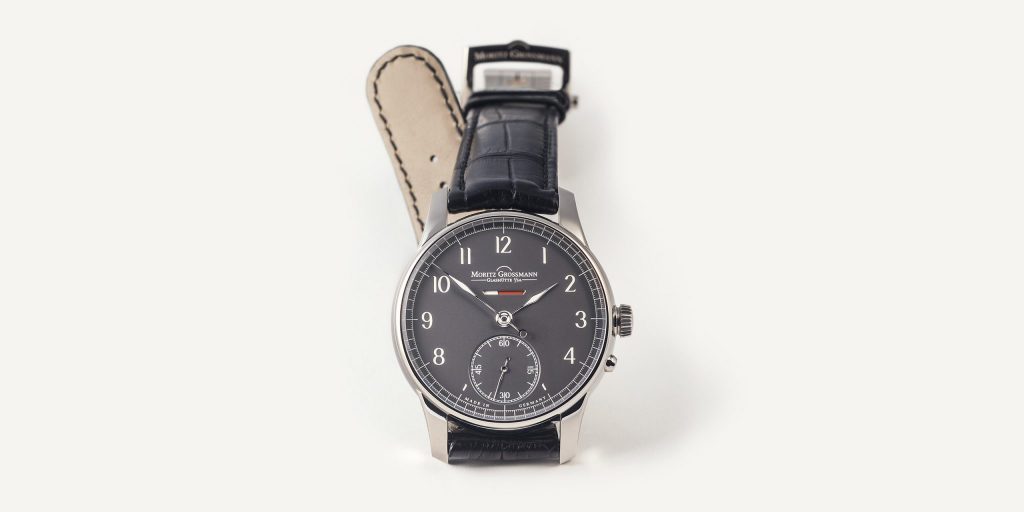
Moritz Grossmann
Bearing the name of one of the few key players in the founding of Glashutte as a watchmaking region, the modern Moritz Grossmann is only 10 years old, yet the brand is already making a strong name for themselves as a niche player with very impressive capabilities. Among a number of key details, the finishing of its cases and hands are absolutely exceptional. As part of their novelties for 2018, the brand unveiled their first self-winding caliber that pays a particularly interesting nod to the early days of watchmaking. Rather than following the usual route of a self-winding rotor, the brand developed their own take on the traditional bumper/pendulum winding mechanism from over a century ago. While they by no means reinvented the wheel, the approach is nonetheless refreshing, having just enough technical/engineering appeal to swoon a healthy share of collectors and enthusiasts. Cased in rose gold and priced just shy of 40,000 Euros, this watch is not for the faint of heart or pocketbook, but it’s absolutely worth considering for those looking for something a little different for their collection.
